#Musée de Beaux-Arts de Lyon
Explore tagged Tumblr posts
Text

2014 musée de Beaux-Arts de Lyon, exposition Joseph Cornell et les surréalistes à New York, Objet indestructible, 1923-1933 Man Ray
21 notes
·
View notes
Text

Jacob van Loo (1614-1670) "Young Woman Going to Bed" (c. 1650) Oil on canvas Located in the Musée des Beaux-Arts de Lyon, Lyon, France
#paintings#art#artwork#genre painting#genre scene#jacob van loo#oil on canvas#fine art#musée des beaux arts de lyon#musee des beaux arts de lyon#museum#art gallery#female portrait#female figure#female nude#portrait of a woman#interior#1650s#mid 1600s#mid 17th century#a queue work of art
483 notes
·
View notes
Text

Oil Painting, ca. 1795, French.
Portraying a market gardener.
Musée des Beaux Arts de Lyon
37 notes
·
View notes
Text
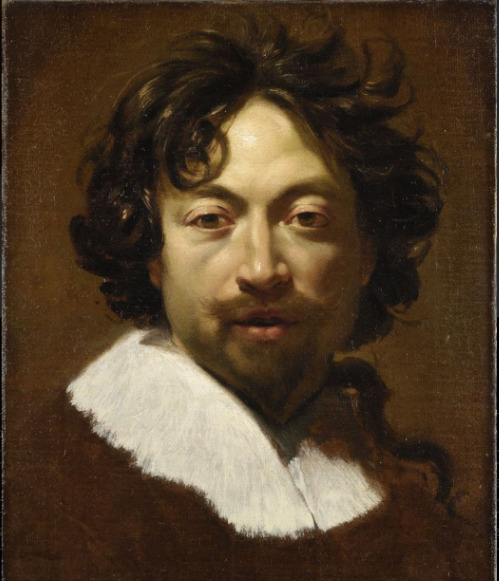
Self-portrait, Simon Vouet, 1626
#art history#art#17th century#french art#painting#baroque art#self portrait#simon vouet#musée des beaux arts lyon#painter#artist#dark academia
14 notes
·
View notes
Text
La dormición de la Virgen: talla española del siglo XVI en el Museo de Bellas Artes de Lyon
El Museo de Bellas Artes de Lyon carece de entrada sobre esta talla de finales del siglo XVI, que puede verse en sus salas. Las únicas entradas que he localizado lo han sido en diversas fotos de Flickr, en las que se señala como características las siguientes: La Dormición de la Virgen, madera policromada de la Escuela de Burgos (España), finales del siglo XVI – Adquirida en 1889 por el Museo de…
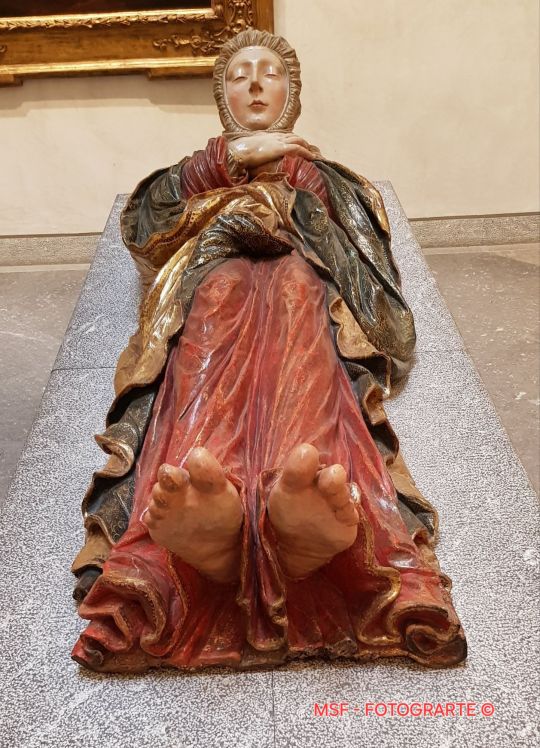
View On WordPress
#Barroco#Escuela de Burgos#Imaginería española#Madera policromada#Museo de Bellas Artes de Lyon#Renacimiento#Siglo XVI#Talla#Bois polychrome#France#Musée des Beaux Arts de Lyon#Spain#16th century#renaissance art#baroque art
6 notes
·
View notes
Photo
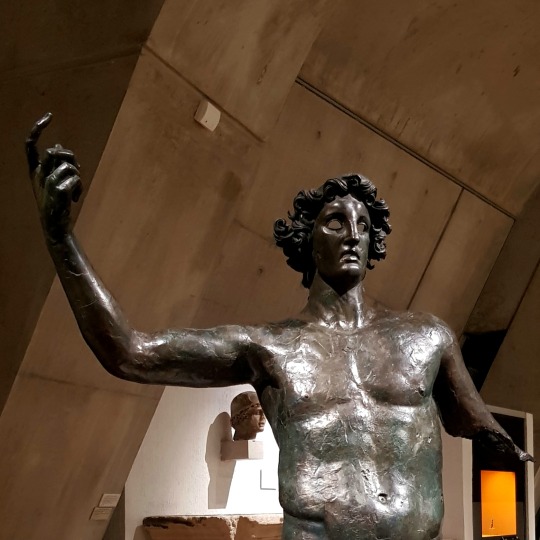
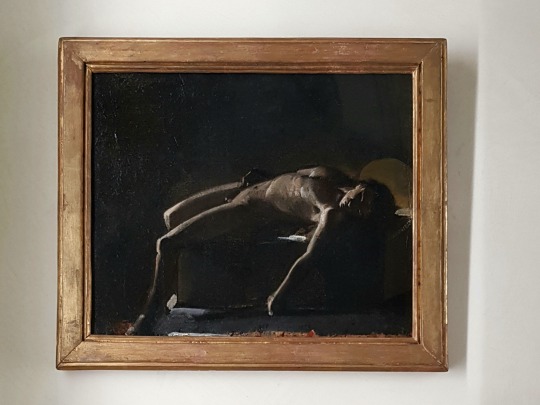
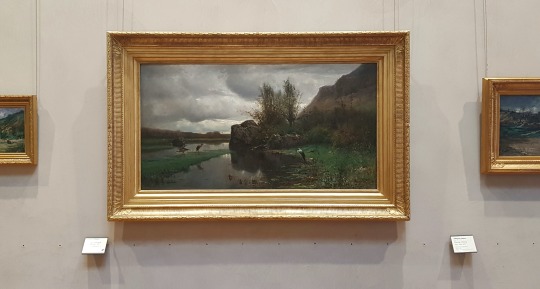
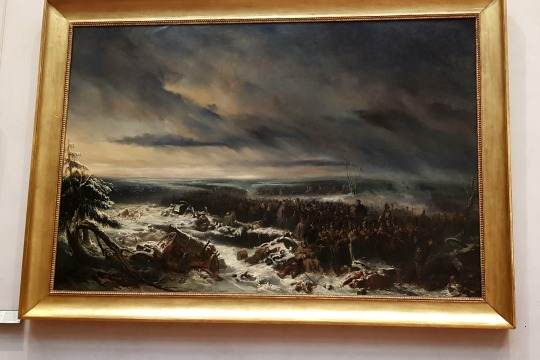
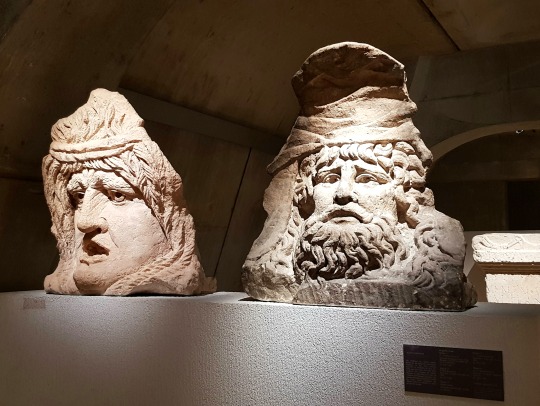
Museums in Lyon, France (02 - 04/06/2023).
7 notes
·
View notes
Text
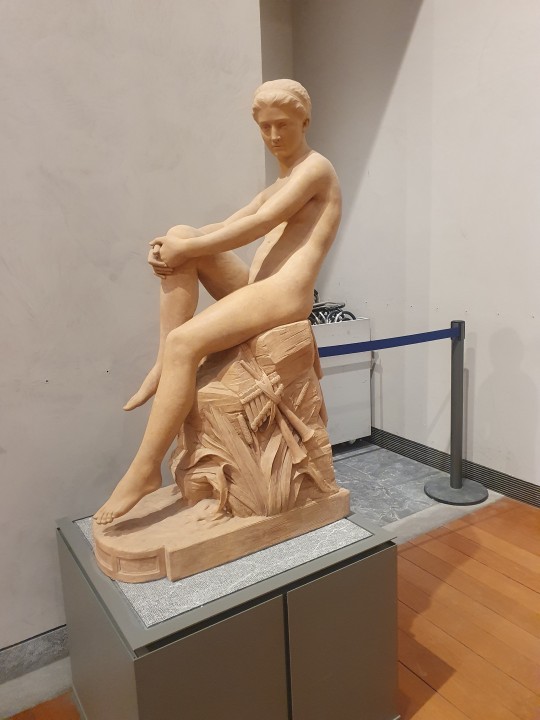
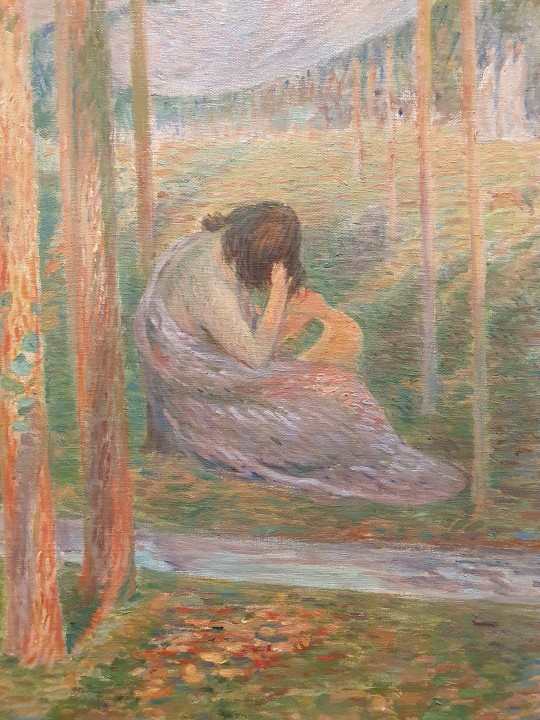
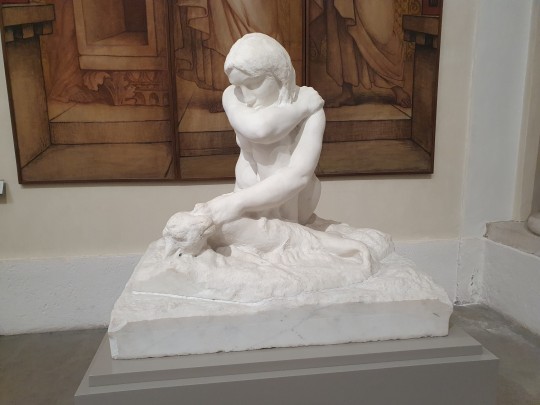
#lyon#musée des beaux arts#a mood#not the only mood#i also have a lovely detail of a woman and a kid feeding ducks#and a naked woman i am choosing to interpret as Gender#and some oceans and such
0 notes
Text
what to do in Lyon France
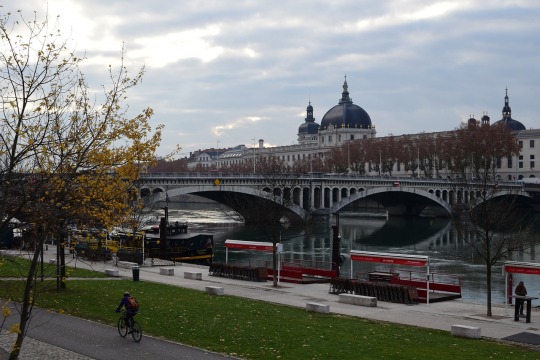
0 notes
Text

Seated Young Sheppard • 1834
Jean-Hippolyte Flandrin (French, 1809–1864)
Musée des Beaux-Arts de Lyon, France
181 notes
·
View notes
Text
I know I spent two days without posting any lesbian pride post lol but I swear I'm gonna post two posts per day in the following days to make up for it. I am again going to talk about an artist, but from a different period this time.
Rosa Bohneur !
(I love her name by the way... Bohneur means happiness in french and that's such a pretty name to have)
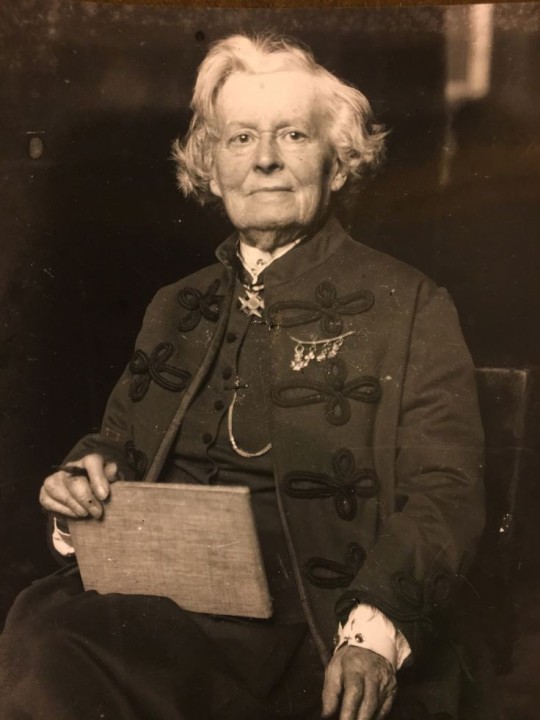
Marie-Rosalie Bonheur, known as Rosa Bonheur, was born in 1822 in Bordeaux and died in 1899 in Thomery. She was a French painter and sculptor specialising in representations of animals.
She has kind of an interesting family story (mother adopted by a rich guy who found out later who was her real father, siblings all artists, father who met a lot of interesting people, links with many famous people...) but it would be too long to talk about it and I want to focus on Rosa herself. Do check it up if you're interested!
During her youth, Rosa Bonheur had a reputation for being a tomboy, a reputation that followed her throughout her life and which she made no attempt to deny, wearing her hair short and later smoking cigarettes and cigars. Her emancipated lifestyle never caused a scandal, even though she lived in an era that was very concerned with convention. Like all women of her time, Rosa Bonheur had to apply to the Prefecture of Paris for a cross-dressing permit, renewable every six months, in order to wear trousers, in particular to attend livestock fairs, travel or ride horses.
Here's one of her permits, from 1857 :
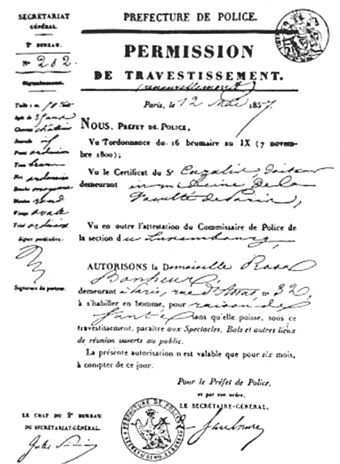
And though many historians tried to deny the fact that she was a lesbian, she always refused to marry a man, has only ever had relationships with women and literally wrote that she never felt any sort of love, attraction or tenderness for men, "besides a frank and good friendship for those who had all my esteem". After the death of the woman she loved, she also wrote "If I'd been a man, I'd have married her, and they wouldn't have made up all those silly stories..." You got it : even if she didn't shout it from the rooftops, Rosa was very probaby a homosexual woman.
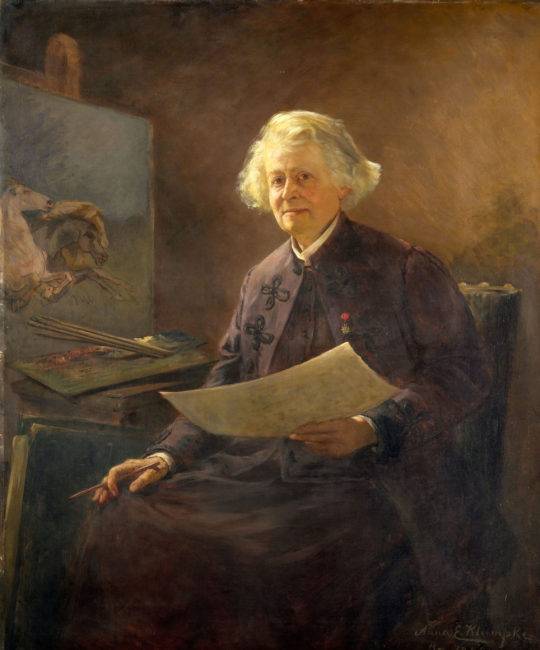
Rosa Bohneur grew up in a fairly wealthy family, thanks to the financial support of her mother's adoptive father. But when her mother's father died, the family was left without any such support, and fell into dire poverty. When Rosa was 11, her mother died, which deeply traumatised her. She kept a lifelong admiration for her mother.
In 1836, at the age of 14, she met Nathalie Micas, who became her lover. Only Nathalie's death 53 years later separated them.
Her father remarried in 1842 to Marguerite Peyrol, with whom he had a last son, Germain, who would also become a painter. Rosa Bonheur did not get on well with her stepmother and when her father died in 1849, she left the family home to live with the Micas.
After her mother's death, Rosa Bonheur went to primary schools, was apprenticed as a dressmaker and then went to boarding school. Eventually her father took her into his workshop, where her artistic talents were revealed. He was her one and only teacher. Gradually, she developed a passion for animal art, which became her speciality.
She exhibited for the first time, at the age of 19, at the Salon of 1841. She won a 3rd class medal at the Salon of 1845, and a 1st class medal (gold) at the Salon of 1848. This award enabled her, at the age of 26, to obtain a commission from the State to produce an agrarian painting (paid 3,000 francs). The painting resulting from this state commission, "Labourage nivernais" was supposed to go to the Musée des Beaux-Arts in Lyon. But it was so successful at the 1849 Salon that the Beaux-Arts department decided to keep it in Paris, at the Musée du Luxembourg. After Rosa Bonheur's death, the work went to the Louvre, before being transferred to the Musée d'Orsay in 1986.
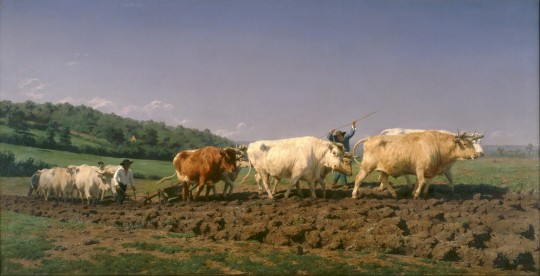
When her father died in March 1849, Rosa Bonheur replaced him as director of the École impériale gratuite de dessin pour demoiselles (or École gratuite de dessin pour jeunes filles). She remained in this position until 1860: ‘Follow my advice and I'll turn you into Leonardo da Vinci in skirts’, she often told her pupils.
In 1860, she moved to a huge house in By, where she had a huge workshop built, and ample space for her animals. One of her relatives wrote: “She had a complete menagerie in her house: a lion and a lioness, a deer, a wild sheep, a gazelle, horses, etc. One of her pets was a young lion she let run around. My mind was freer when this leonine animal died".
In June 1864, Rosa was visited by Empress Eugenie, who invited her to lunch at the Château de Fontainebleau with her husband. The following year, Eugenie returned to see her, to present her with the Legion d'honneur herself. Rosa is the ninth woman and the first artist to receive this distinction. About this, The Empress said :
“At last, you've been knighted. I am delighted to be the godmother of the first woman artist to receive this high distinction. I wanted the last act of my regency to be devoted to showing that, in my eyes, genius has no sex."
She was also the first woman to be made an officer in this order, in April 1894 (first female officer of the Legion d'honneur).
Rosa traveled extensively with her lover Nathalie, herself a painter and mechanical enthusiast (she invented and patented a railway braking system), and painted many pictures inspired by her travels.
In 1889, Nathalie died after some 50 years together. It was then that Rosa expressed her regret at not having been able to marry her.
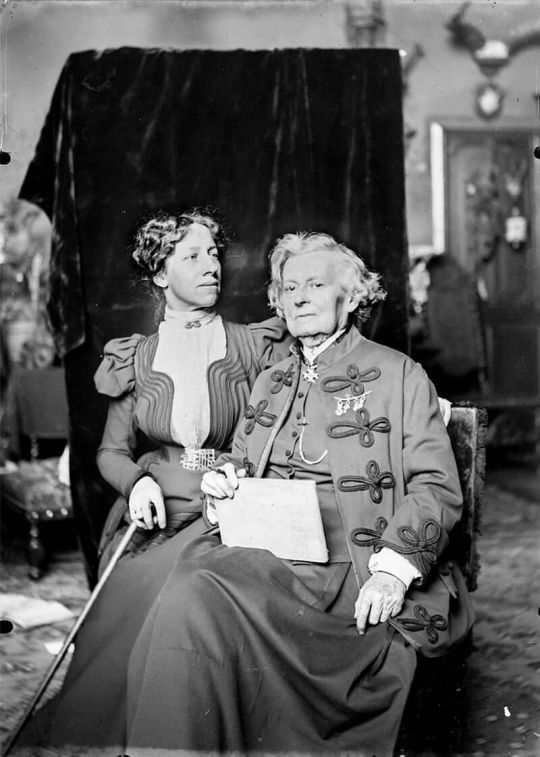
After Nathalie's death, Rosa met Anna Klumpe, a talented American painter. The two women moved in together some time later.
Rosa Bohneur died of pulmonary congestion in 1899, without having completed her last painting, “La foulaison du blé en Camargue”, a monumental canvas she had planned to exhibit at the 1900 Universal Exhibition.
She is buried in Père Lachaise cemetery, alongside Nathalie, her parents and Anna (who died years after her). She left her entire fortune to Anna, who, in 1908, published a biography of Rosa Bonheur and created a Rosa-Bonheur prize at the Société des artistes français. The Société des Artistes français posthumously awarded her the Medal of Honor shortly after her death.
Rosa could have had military honors at her funeral, but she specified in her will that she did not wish this.
There's a lot of interesting things to say about Rosa, her art and her history, so I suggest you do some research on her! She was a very talented and strong-willed woman who had a huge impact on French art and left a considerable cultural legacy.
Here are some of her paintings :
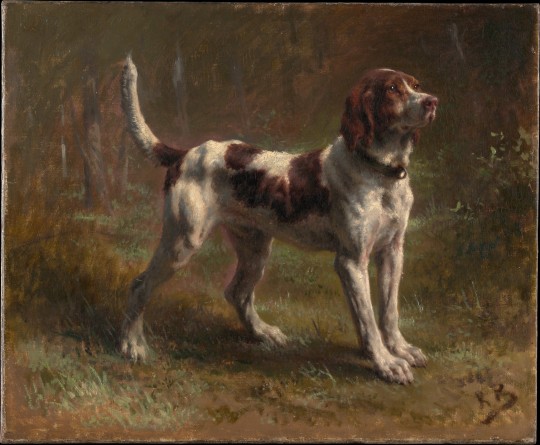
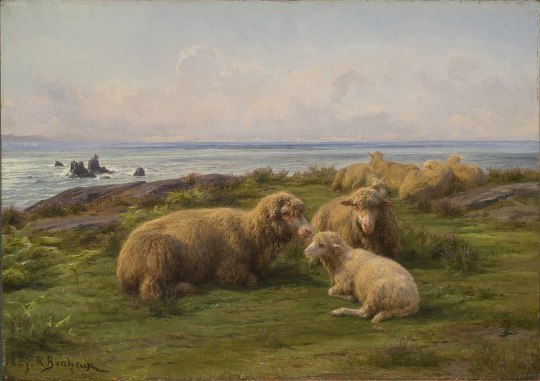

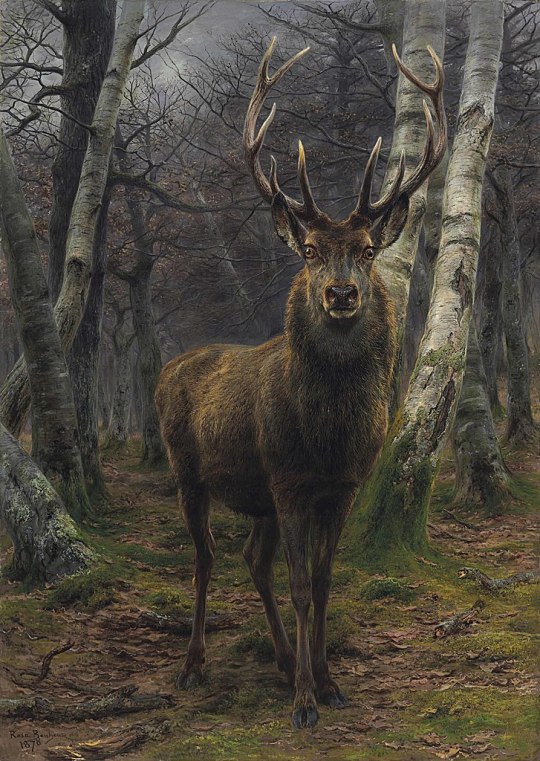
I personally love them ! I am not a painting expert, I just find them sooo pretty.
See you tomorrow :)
#lesbian#lesbian pride#pride#pride month#female homosexual#female homosexuality#rosa bonheur#french art#painting#art#lesbian history
215 notes
·
View notes
Text
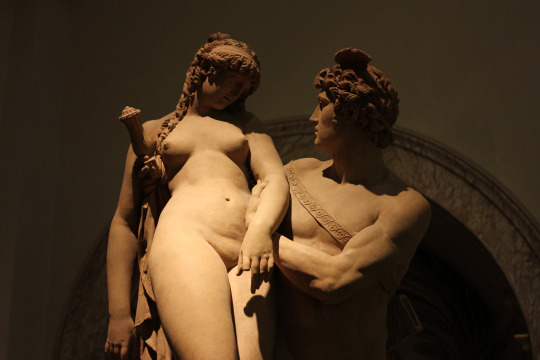
Joseph Chinard (French, 1756-1813) Perseus Freeing Andromeda, 1791 Musée des Beaux Arts, Lyon
#Joseph Chinard#french#french art#1700s#perseus#perseus freeing andromeda#art#european art#fine art#classical art#europe#european#fine arts#mediterranean#europa#greek mythology#southern europe#classic art#Perseus and Andromeda#Andromeda#Perseus
867 notes
·
View notes
Text

Liberty Leading the People (1830) 🎨 Eugene Delacroix 🏛️ The Louvre 📍 Paris, France
Perhaps Delacroix’s most influential and most recognizable paintings, Liberty Leading the People was created to commemorate the July Revolution of 1830, which removed Charles X of France from power. Delacroix wrote in a letter to his brother that a bad mood that had been hold of him was lifting due to the painting on which he was embarking (the Liberty painting), and that if he could not fight for his country then at least he would paint for it. The French government bought the painting in 1831, with plans to hang it in the room of the new king Louis-Philippe, but it was soon taken down for its revolutionary content. Lady Liberty was eventually the model for the Statue of Liberty, which was given to the United States 50 years later, and has also been featured on the French banknote.
Peint de septembre à décembre 1830 dans l'atelier loué par Eugène Delacroix au 15 (actuel n°17 ?) quai Voltaire, à Paris ; envisagé pour la deuxième Exposition au profit des blessés de Juillet 1830, galerie de la Chambre des Pairs (palais du Luxembourg), Paris, janvier 1831 (n° 508 du livret sous le titre "Une Barricade"), en réalité non prêté ; admis par le jury le 13 avril 1831 et exposé au Salon de 1831 (ouvert du 1er mai au 15 août), Paris, Musée royal (Louvre), n° 511 du livret sous le titre "Le 28 juillet. La liberté guidant le peuple" (n° 1380 du registre d'entrée des ouvrages au Salon, sous le titre "La Liberté guidant le peuple au 29 juillet" [sic], aux dimensions de "293 x 358 cm" cadre compris) ; envisagé comme achat de la Liste civile du roi Louis-Philippe Ier, en juillet 1831, au prix de 2 000 francs, finalement acheté à l'artiste par le ministère du Commerce et des Travaux publics en août 1831, au prix de 3 000 francs (en remplacement de la commande à Delacroix, au même prix, d'un tableau d'histoire ayant pour sujet "Le roi Louis-Philippe Ier visitant la chaumière où il logea près de Valmy, le 8 juin 1831", annulée suite au désistement de Delacroix) ; présenté au musée du Luxembourg, Paris, en 1832 et en 1833 (n° 160 du supplément au catalogue du musée) ; mis en réserve vers 1833-1834 ; confié à l'artiste vers 1839 qui le met en dépôt au domicile de sa tante, Félicité Riesener, et de son cousin Léon Riesener, à Frépillon (Val-d'Oise) ; réclamé à l'artiste par la direction des Musées nationaux (ministère de l'Intérieur) en mars 1848 (Delacroix demande à cette occasion une augmentation du prix de 7 000 francs, soit un total de 10 000 francs ; cette augmentation lui est refusée) ; prêté par Delacroix au peintre et entrepreneur lyonnais Alphonse Jame entre mai 1848 et mars 1849, en vue d'être exposé à Lyon, contre 1000 francs (payés en deux versements de 500 francs, le 11 septembre 1849 et le 8 mars 1850) ; rentré à Paris et restitué à l'administration en mars 1849 ; possiblement présenté au musée du Luxembourg, Paris, à partir de juin 1849 jusqu'en 1850 (mais absent du catalogue du musée) ; mis en réserve dans les magasins du musée du Louvre de 1850 à 1855 ; présenté à l'Exposition universelle, Palais de l'Industrie et des Beaux-arts, Paris, 1855, n° 2926 du livret ; mis en réserve dans les magasins des Musées impériaux de 1856 à 1863 ; présenté au musée du Luxembourg, Paris, de 1863 à 1874 ; déplacé du musée du Luxembourg au musée du Louvre en novembre 1874 ; inventorié pour la première fois, sous le n° "R.F. 129", en 1875 et présenté à partir de cette date dans la salle des États au musée du Louvre ; mis en sécurité pendant la Première Guerre mondiale au couvent des Jacobins, à Toulouse (Haute-Garonne) de 1914 à 1918 ; restauré par Lucien Aubert (nettoyage et réintégration de la couche picturale) à Paris en 1920 ; mis en sécurité pendant la Seconde Guerre mondiale au château de Chambord (Loir-et-Cher) en 1939, puis déplacé au château de Sourches, Saint-Symphorien (Sarthe), le 29 septembre 1943 ; rentré du château de Sourches au musée du Louvre, Paris, le 16 juin 1945 ; restauré par Raymond Lepage et Paul Maridat (rentoilage) et par Georges Zezzos (allègement et réintégration de la couche picturale), au musée du Louvre durant l'été 1949 ; présenté au musée du Louvre dans la salle Mollien d'octobre 1949 à 1969, puis en salle Daru de juin 1969 à juin 1994, puis en salle Mollien depuis décembre 1995 ; restauré par David Cueco et Claire Bergeaud (remplacement du châssis, pose de bandes de tension sur les bords de la toile) au musée du Louvre en janvier-février 1999 ; restauré par Bénédicte Trémolières et Laurence Mugniot (nettoyage et réintégration de la couche picturale) au musée du Louvre, d'octobre 2023 à avril 2024.
#Liberty Leading the People#Eugene Delacroix#Romanticism#1830#oil on canvas#painting#oil painting#The Louvre#Paris#France#Musée du Louvre#La Liberté guidant le peuple#french#art#artwork#art history
54 notes
·
View notes
Text
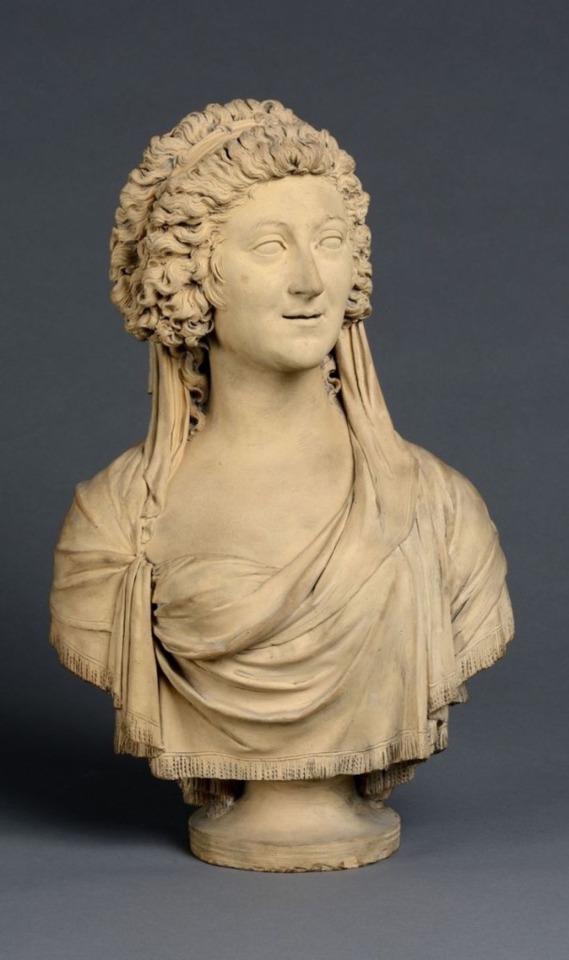

Bust, 1796-1797, French.
By Joseph Chinard
Portraying a woman with curled hair.
Musée des Beaux Arts de Lyon.
#bust#1790s#1790s bust#1790s France#1790s hair#joseph chinard#musée des beaux arts lyon#musée des beaux arts de Lyon#1796#1797#directoire
37 notes
·
View notes
Text
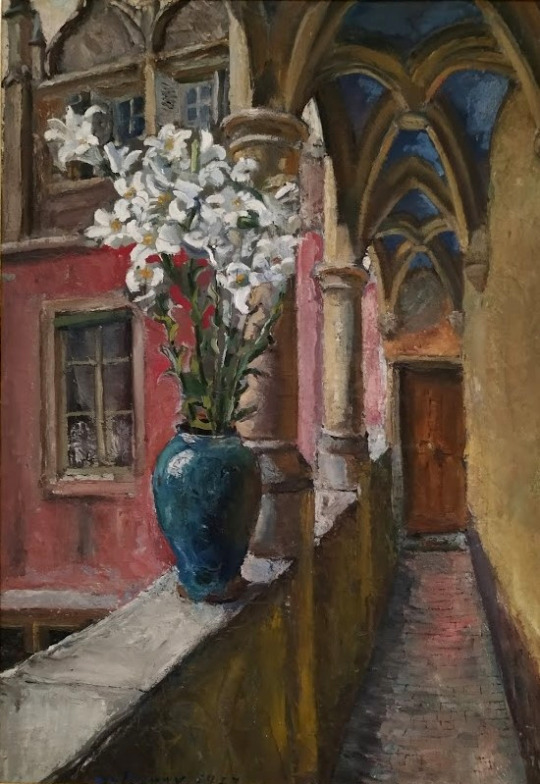
Georges Dufrenoy (1870 - 1943)
"Villefranche-sur-Saône, la loggia aux lys"
Huile sur carton - 91 x 61 cm 1927
Collection Musée Paul-Dini de Villefranche-sur-Saône
Exposition : 1930 : Exposition internationale des beaux-arts à Venise 1948 : Rétrospective Georges Dufrenoy, Musée Galliéra 1962 : Galerie Katia Granoff 1983 : Musée des beaux-arts de Lyon
#dufrenoy#postimpressionism#art#artist#georgesdufrenoy#artoftheday#artistepeintre#artwork#painting#oilpainting#villefranchesursaone#villefranche#art moderne#modernart#fine art#art history#artists on tumblr#artiste peintre#peintre#peinture#peinturealhuile#oil painting#paint#painter#naturemorte#still life#stilllife#flowers#fleurs#lys
74 notes
·
View notes
Text
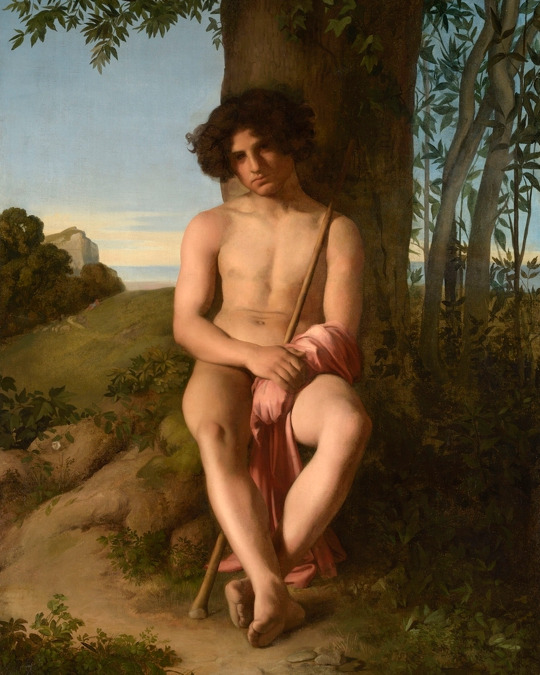
“Seated Young Shepherd”, c.1834 by Hippolyte Flandrin (1809–1864). French Neoclassical painter. Musée des Beaux-Arts de Lyon, FR. oil on canvas
261 notes
·
View notes
Photo

(vía Busto de la emperatriz Julia Domna – FOTOGRARTE)
#Busto#Emperatriz#Julia Domna#Imperio Romano#musée des beaux arts de lyon#Musée des beaux arts#Francia#Lyon#Siglo III#Septimio Severo#Caracalla#Geta
1 note
·
View note